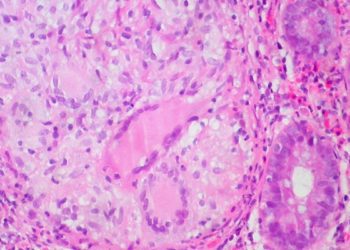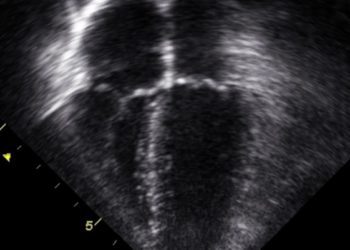Community-based and health-care based smoking cessation intervention models have similar efficacy
1. There was no significant difference in smoking cessation between healthcare-based and community-based smoking cessation transitional care models at 6 months after hospital discharge.
2. The healthcare-based model had a higher proportion of patients than the community-based model that continued with tobacco cessation treatment.
Evidence Rating Level: 2 (Good)
Cigarette smoking is one of the leading preventable causes of death in the United States, and 3.2 million adults who smoke are admitted to hospital annually. Hospital admission provides a unique opportunity for patients to attempt smoking cessation, with counselling that begins in hospital and continues after discharge. Previous research has found this counselling strategy to be associated with a 37% increase in tobacco abstinence rate at 6 months after discharge. There are two existing models that facilitate the transition of smoking cessation from the inpatient to the outpatient setting: the transitional tobacco care management model (TTCM), which keeps post-discharge treatment within the healthcare system, and the quitline electronic referral model (QL), which transfers treatment to a community-based resource. This study randomized patients in a 1:1 ratio to either the TTCM or QL group, with a primary outcome of self-reported past 7-day tobacco abstinence at 6 month follow up confirmed biochemically. Between September 2018 and March 2020, 1409 patients from the Massachusetts General Hospital, the University of Pittsburg Medical Center, and the Vanderbilt University Medical Center were enrolled into the study. At 1 and 3 months after discharge, the TTCM group had significantly higher 7-day tobacco abstinence rates than the QL group. However, at 6 months, tobacco abstinence did not differ significantly between the groups (TTCM: 19.9%; QL: 16.9%; RR, 1.18; 95% CI, 0.92-1.50; p=.19). With respect to use of tobacco cessation treatment, which includes pharmacotherapy and counselling, the TTCM group had a significantly higher proportion of patients than the QL group that reported current use of tobacco cessation treatment at 1 and 3 months. At 6 months, this significant difference persisted with use of cessation medication, but not counselling support. Findings may be used to further inform smoking cessation intervention by healthcare practitioners post patient discharge.
Click here to read the study in JAMA Internal Medicine
Image: PD
©2022 2 Minute Medicine, Inc. All rights reserved. No works may be reproduced without expressed written consent from 2 Minute Medicine, Inc. Inquire about licensing here. No article should be construed as medical advice and is not intended as such by the authors or by 2 Minute Medicine, Inc.






